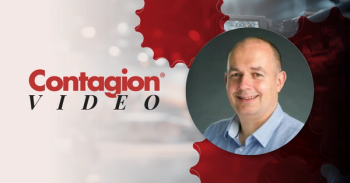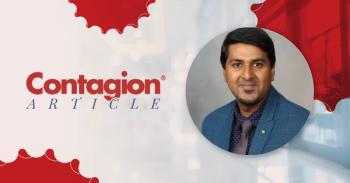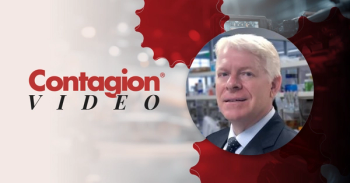
Getting Younger People on PrEP
Why it's critical for the future of HIV prevention for programs like the California PrEP-AP to reach younger at-risk persons now.
Present-day
And programs including the California PrEP Assistance Program (PrEP-AP) have better bridged at-risk persons to information and means by which they can appropriately prevent HIV spread—while setting a model for other regional programs.
But what about the future of HIV prevention?
In an interview with Contagion during AIDS 2020, Philip Peters, MD, medical officer of the California Department of Public Health, discussed how programs like PrEP-AP are adapting to a new generation of HIV-risk persons—namely, by lowering its age limit to 12 years, in alignment with US Food and Drug Administration (FDA) approved marketing for PrEP.
Alongside this, they’ve made assurances that confidentiality and billing structure allows for minors and young adults on their parent’s/guardian’s health insurance would still receive the same care.
“If we can really keep looking at it from a systems standpoint—what are all the reasons people have trouble enrolling in the program—taking advantage of this benefit is hopefully going to help,” Philips said.
Newsletter
Stay ahead of emerging infectious disease threats with expert insights and breaking research. Subscribe now to get updates delivered straight to your inbox.

































































































































































































































































































